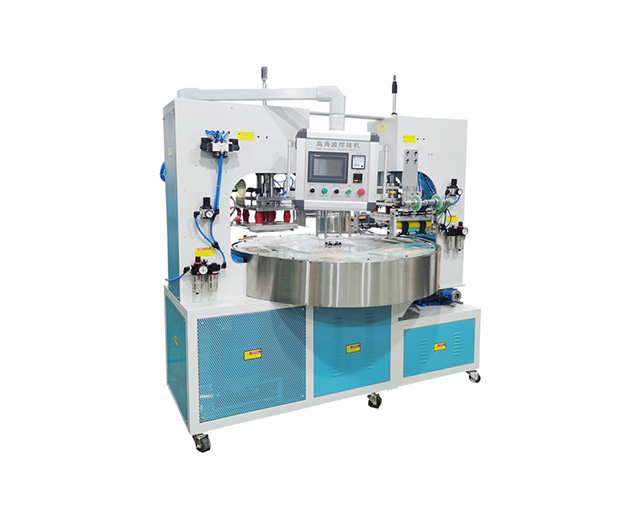Time:2025-05-10 Views:1 source:News

Industry standards for metal embossing machines are crucial as they ensure the quality, safety, and performance consistency of these machines across different manufacturers and applications. These standards are developed by national and international organizations, such as ASTM International (formerly known as the American Society for Testing and Materials), ISO (International Organization for Standardization), and relevant industry - specific groups.
Safety Standards
Safety is a top - priority aspect of the standards. Metal embossing machines often operate under high pressure and involve moving parts. Standards typically require proper guarding around all moving components, such as gears, rollers, and the embossing mechanism itself. This guarding should prevent operators from accidental contact, reducing the risk of injuries like cuts, abrasions, or crush injuries. Additionally, electrical safety is highly regulated. Machines must be equipped with grounded electrical systems, and all electrical components should meet specific insulation and voltage - resistance requirements. Emergency stop buttons are also a standard feature, placed in easily accessible locations on the machine's control panel. When pressed, these buttons should immediately halt all machine operations, ensuring the safety of the operator in case of any unexpected situations.
Performance Standards
Performance - related standards focus on the machine's ability to accurately create the desired embossed patterns. One key parameter is the embossing depth tolerance. For example, if a machine is designed to emboss a pattern with a specified depth of 0.5 mm, the standard may allow a tolerance of ±0.05 mm. This ensures that the embossed products have consistent quality. The repeatability of the embossing process is another important factor. The machine should be able to produce the same embossed pattern with minimal variation in multiple runs. Standards may also define the maximum and minimum thicknesses of metal sheets that the machine can effectively emboss. For instance, a standard - compliant metal embossing machine might be required to handle metal sheets ranging from 0.2 mm to 2 mm thick, depending on its design and intended application.
Quality of Construction Standards
The materials used in the construction of metal embossing machines are also subject to standards. The frame of the machine, which provides structural support, should be made of high - strength materials such as steel with specific yield and tensile strength requirements. The embossing rollers, which play a crucial role in creating the patterns, must be made of wear - resistant materials. Hardened steel alloys or materials with special coatings are often specified to ensure long - term durability and consistent performance. The surface finish of the rollers is also important, as a smooth surface finish is required to prevent scratches or imperfections on the embossed metal. Additionally, the hydraulic or pneumatic systems (if applicable) in the machine should meet standards for fluid pressure regulation, leakage prevention, and overall system reliability.
Read recommendations:
Hot Air Glue Tape Welding Machine
Ultrasonic Metal Terminal Welding Machine
Automatic loading and taking robot plastic blister paper card welding sealing machine
Floor - Standing Ultrasonic Embossing Machine
Servo - controlled Ultrasonic cross - flow fan welding machine
Complete control over products allows us to ensure our customers receive the best qualityprices and service. We take great pride in everything that we do in our factory.
